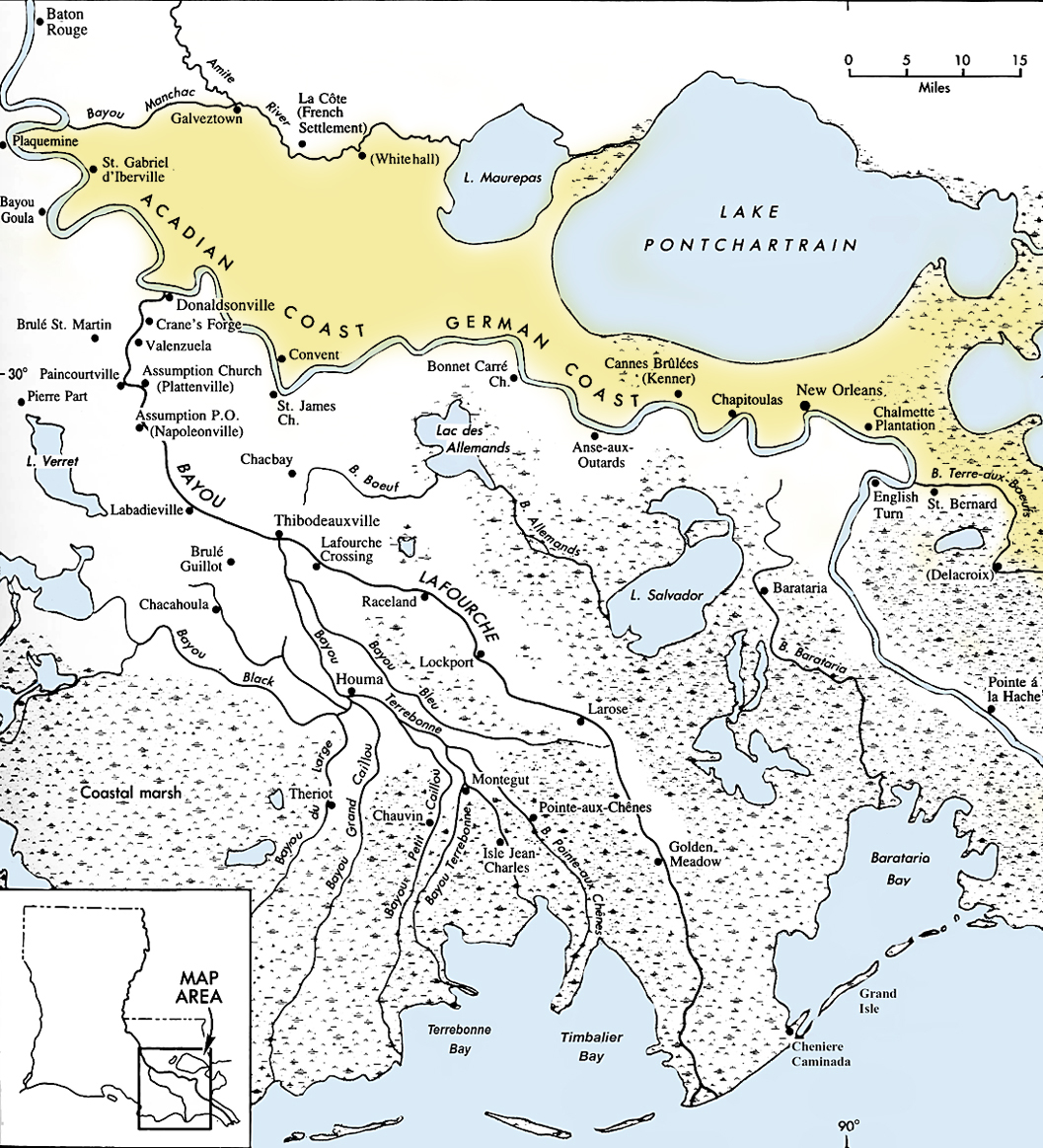|
|
Defending Louisiane Against Union Invasion |
|
|
Contents
1) Civil War Battles and Skirmishes breakdown by State2) Campaigns in Louisiana
3) South Louisiane Battles with the Union Army - Links
4) Battles fought in the South Louisiane Acadian Region
5) South Louisiane Battlefields - Page 2
6) South Louisiane Battlefields - Page 3
South Louisiana (Acadiana) Civil War Battlefields
(Full List of Acadiana Battles)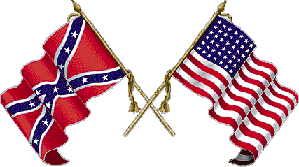
Click to jump to specific battle
- Note that the battles are seperated into three different pages.
South Louisiane Civil War Battlefields - Page 1 (THIS PAGE)
1) April 16-28, 1862 - Battle of Fort Jackson / Fort St. Philip
2) April 25–May 1, 1862 - Battle of New Orleans
Go to South Louisiane Civil War Battlefields - Page 2
3) August 5, 1862 - Battle of Baton Rouge
4) August 9, 1862 - Donaldsonville Naval Engagement
5) October 27, 1862 - Battle of Georgia Landing / Labadieville / Texana
6) April 12-13, 1863 - Battle of Fort Bisland / Bethel Place
7) April 14, 1863 - Battle of Irish Bend / Nerson's Woods
8) April 17, 1863 - Battle of Vermillion Bayou
9) May 21, 1863 - Battle of Plains Store / Springfield Road
10) May 21-July 9, 1863 - Battle of Port Hudson
11) June 7, 1863 - Battle of Milliken's Bend
12) June 20-21, 1863 - Battle of LaFourche Crossing
Go to South Louisiane Civil War Battlefields - Page 3
13) July 23, 1863 - Battle of Brashear (Morgan) City - (Fort Star)
14) May 21-July 9, 1863 - Battle of Donaldsonville (Fort Butler)
15) July 12-13, 1863 - Skirmish at Kock's Plantation / Cox's Plantation
16) May 16, 1864 - Battle of Mansura / Smith's Place / Marksville
17) May 18, 1864 - Battle of Yellow Bayou / Norwood's Plantation
Civil War Battles and Skirmishes breakdown by State
More than 10,000 military actions of one kind or another took place during the Civil War. Only a small percentage were major battles like Gettysburg or Vicksburg; most were relatively small affairs, many of them forgotten today. The following breakdown by State shows where most of these events took place.
| Virginia | 2,154 |
| Tennessee | 1,462 |
| Missouri | 1,162 |
| Mississippi | 772 |
| Arkansas | 771 |
| West Virginia | 632 |
| Louisiana | 566 |
| Georgia | 549 |
| Kentucky | 453 |
| Alabama | 336 |
| North Carolina | 313 |
| South Carolina | 239 |
| Maryland | 203 |
| Florida | 168 |
| Texas | 90 |
| Indian Territory | 89 |
| California | 88 |
| New Mexico Territory | 75 |
| Source: Civil War Day by Day: An Almanac, 1861-1865. New York: Doubleday & Company, Inc., 1971. | |
Campaigns in Louisiana:
|
The Civil War came to Louisiana largely due to the Union's military objective of securing control of the Mississippi River. As part of this objective, a waterway known as Bayou Lafourche became an area of strategic importance. Bayou Lafourche was another nautical artery that traveled from the Gulf of Mexico on the south end to its connection to the Mississippi about 50 miles southwest of New orleans at a town named Donaldsonville at it's most northern point. The Bayou Lafourche area is historically significant as an ancient route of the Mississippi River and the Second Acadian Coast. At one time, in the era around 200 AD, the Bayou Lafourche route was the route that the Mississippi River took to the Gulf of Mexico. As the Mississppi changed it's course, it began to take it's current path towards Venice as it left it's ancient route at Bayou Lafourche or "the fork" ("La Fourch" is french for "the fork"). Deemed the ancient "left fork" of the Mississippi River, Bayou Lafourche was named "La Fourche des Chitimmaches (The Fork of the Chitimaches)" by the early French settlers due to it being a fork of the Mississippi which was inhabited by the Chitimacha indian tribe. Today, Bayou Lafourche serves as a river delta distributary discharging the Mississippi River into the Gulf of Mexico. As the Acadian population began to expand beyond the First Acadian Coast from St. James Parish during the late 1700's , it began to settle the areas surrounding Donaldsonville, Plattenville and Paincourtville, the areas which became known as the Second Acadian Coast. During the War for Southern Independence, Bayou Lafourche became important as a strategic military objective because it was a main route that could provide transport for both Union and Confederate troups and supplies along the district. Because of this, the Union army set it's sites on securing control of the bayou, as well as the Mississippi River. |
|
|
|||
|
Lower Mississippi Delta Region - Bayou Lafourche Source: West, Atlas of LA Surnames, figure 3, p. 5 Click here for a full size image |
Campaigns in Louisiana: |
The Battles in Louisiana occurred in the following Civil War Campaign Theaters:
|
|
Expedition to, and Capture of, New Orleans [April-May 1862]
Operations Against Baton Rouge [July-August 1862]
Operations in LaFourche District [October 1862]
Operations in West Louisiana [April 1863]
Siege of Port Hudson [May-July 1863]
Taylor's Operations in West Louisiana [June-September 1863]
|
|
|
Source: CWSAC Battle Summaries: The American Battlefield Protection Program (ABPP) Web Site |
|
Louisiane Battles with the Union Army
|
|
|
|
Source: The Civil War Sites Advisory Commission (CWSAC) Report on the Nation's Civil War Battlefields
|
|
Battles fought in the South Louisiane Acadian Region

|
Notes:
- Click on Each Battle to open it's description entry on "Wikipedia"
- The original, and official, day by day accounts and summaries of the battles and skirmishes listed here can be found in: The War of the Rebellion: a Compilation of the Official Records of the Union and Confederate Armies; Series I / v.15, v.24, v.25; WASHINGTON: GOVERNMENT PRINTING OFFICE 1880
1) April 16-28, 1862 -
| |||||||||||||||||||||||||||||||
|
|
||||
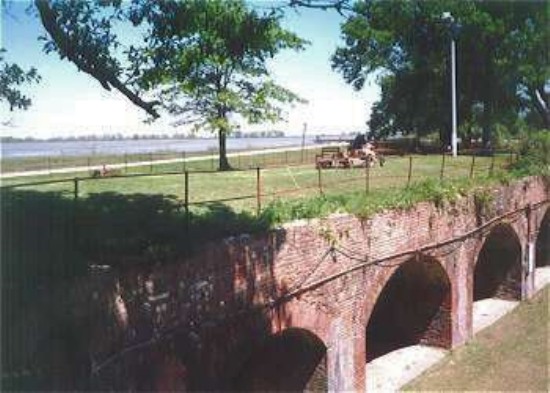
|
|
|||
|
|
||||
|
|
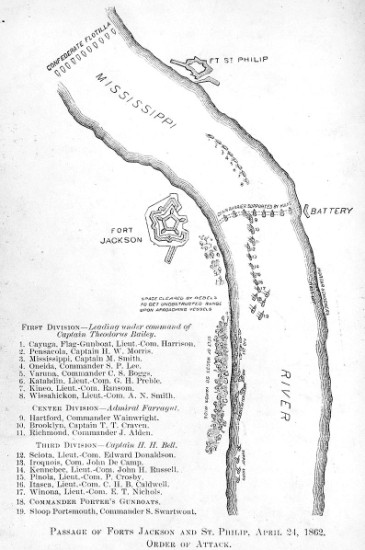
Engraving of American Civil War battle at Forts Jackson & St. Phillip on the lower Mississippi below New Orleans, 1862 published in "Harper's Weekly", 1862. |
|||
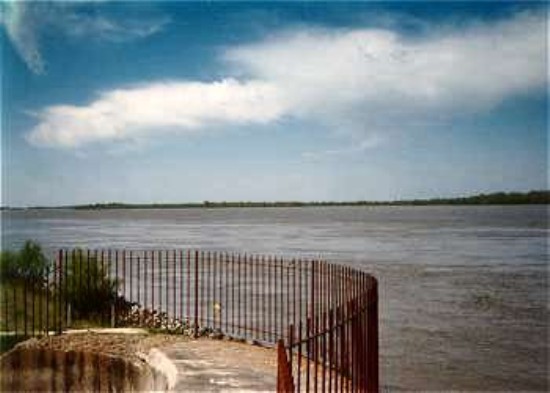
|
|
|||
|
|
||||
2) April 25–May 1, 1862 -
Capture of New Orleans
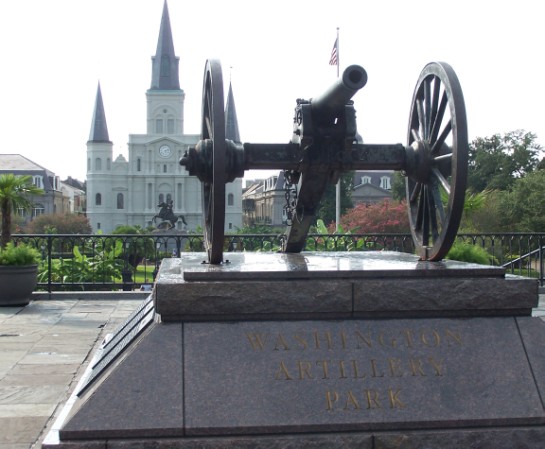
|
The Washington Artillary Battalion was formed in 1838, served in the Mexican-American War and were early responders to the call for Confederate troops from New Orleans. The militia artillery company later formed the nucleus of a battalion in the Army of Northern Virginia and saw action in the major battles of the War for Southern Independence. The unit is currently known as the 141st Field Artillery Regiment and has seen action in World War II and more recently, Iraqi Freedom.
|
||
|
|
|||
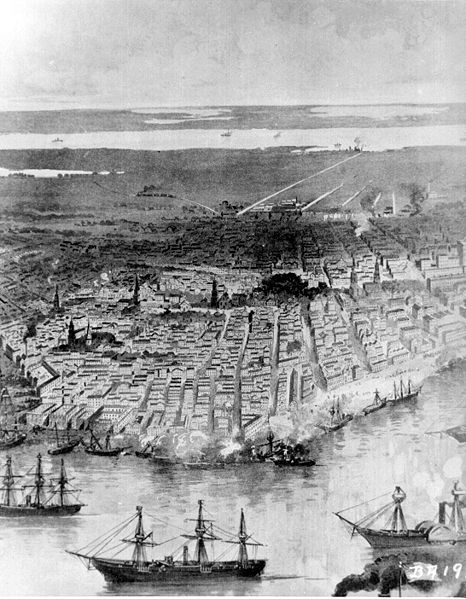
|
After the Battles at Fort Jackson and Fort St. Phillip, New Orleans was captured by the Union without a battle in the city itself. It was spared destruction which was suffered by many other cities of the South.
|
||
sources:
U.S. War Department
War of the Rebellion: Official Records of the Union and Confederate Armies
130 vols.; Washington, D.C., 1880-1901
U.S. Navy Department
War of the Rebellion: Official Records of the Union and Confederate Navies
30 vols.; Washington, D.C., 1894-1922
Copyright © 2010 - All Rights Reserved - Louisiane Acadien / Acadian Melancon
Template by OS Templates
